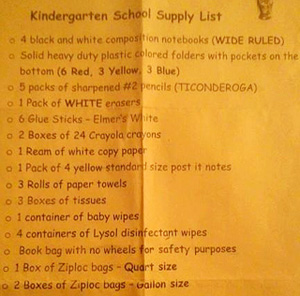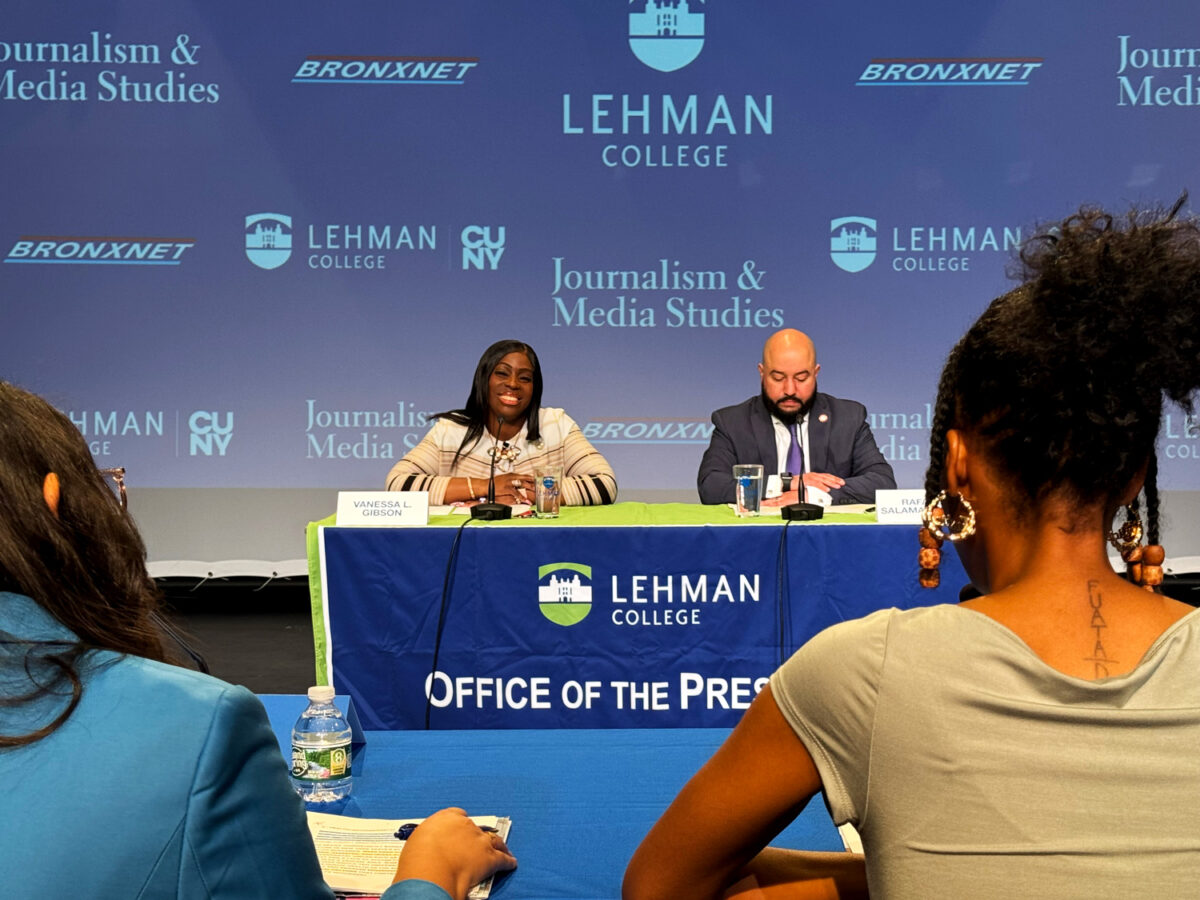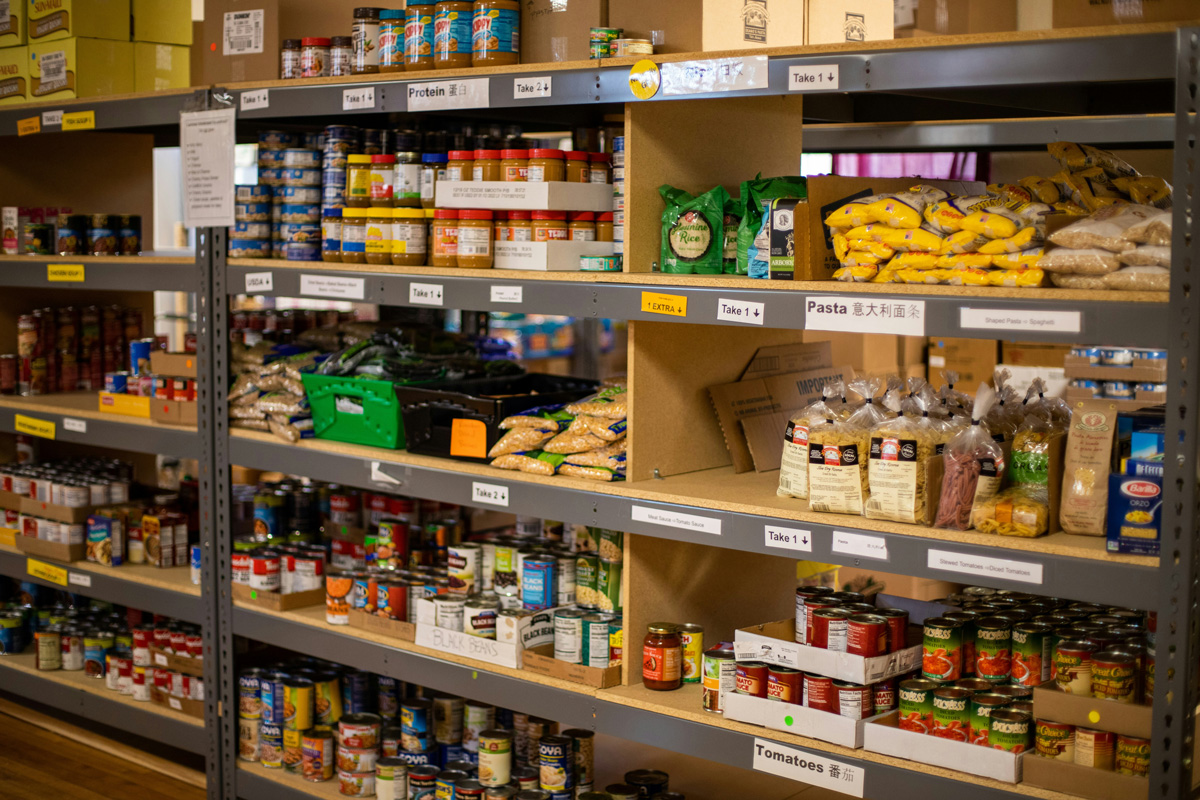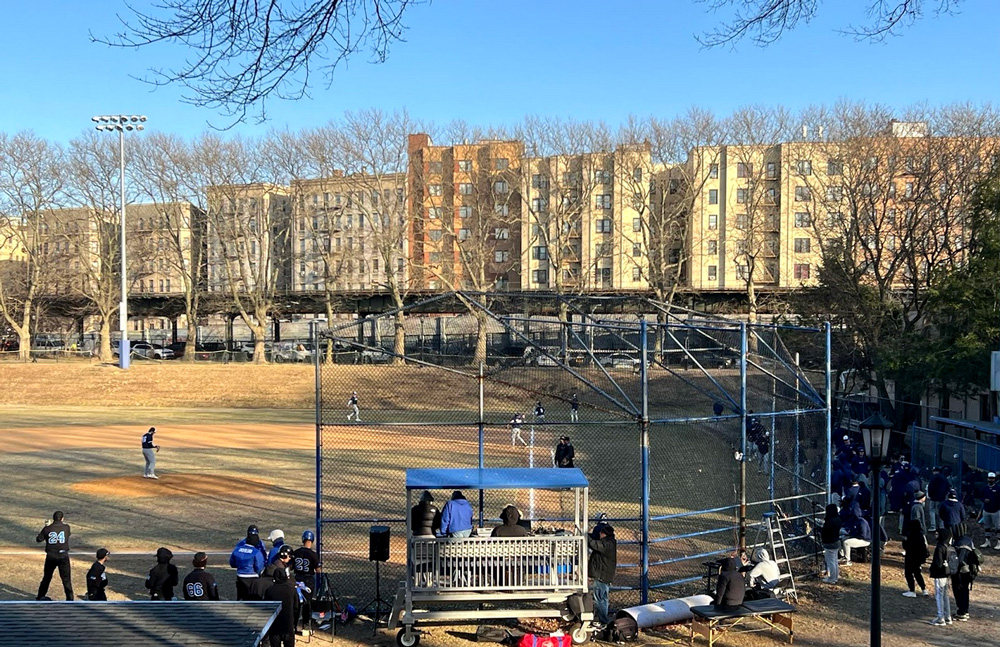
By Jason Burgos
There was a time when all a parent had to buy for their child to prepare them for the new school year was a few notebooks and an assortment of writing/drawing utensils. Well, like the classic Bob Dylan song puts it, “the times, they are a changing.”

This list is from an orientation meeting for parents of kindergarten students at a Bronx school. For new parents or individuals unfamiliar with the ways of prepping for an upcoming school year, this long list can be rather startling. Parents in New York, and across the nation, are dealing with ever growing supply lists and risings costs to complete them.
“I spent $185 at Kmart for school supplies,” says Angeliz Rodriquez-Herrara, a mother of two from Manhattan.
According to a report by the National Retail Federation, parents will spend an average of $101.18 per family on school supplies, an increase of 12 percent over 2014.
Reading through the required supplies can be a mystifying experience. One ream of copy paper and a pack of yellow standardized post-it notes? These are supplies more common in an office building, not a kindergarten class. Also listed are four containers of disinfectant wipes as well as three rolls of paper towels. Clearly necessary in class, but wouldn’t this be in the janitorial budget?
The New York City Department of Education has a $21.8 billion operating budget for the 2015-16 school year. According to its web site the budget does include textbooks and supplies.
“Teachers aren’t given as much money as they used to get for the classroom,” says Eleni Kyriakakis, a substitute teacher in Brooklyn.
New York is a costly state to live in. New Yorkers pay, on average, $9,718 per year in taxes. This is the highest in the country and 39 percent higher than the national average. Also, New York has three of the top five cities (Manhattan, Brooklyn and Queens respectively) with the highest costs of living in the U.S. Average rents in these cities are $2,887, while the cost of owning a home averages at $995,000. Requesting parents in places like these to take on more of the financial load for supplies is a tough sell.
There is also a wide ranging of funding in school districts. Education Trust, a non-profit organization that promotes high academic achievement, reports that New York had the second highest gap in funding between districts of high and low poverty.
“Teachers don’t get supplies in all schools,” says Manhattan kindergarten teacher Sofia Salazar. And what of the long list, which includes items like paper towels and Post-it notes? “We use all those supplies believe it or not. As the generations change, the teaching styles have to change with them. The lists will change depending on the schools budget needs.”
It is up to the schools to do the best with what they are given. When asked if poor managing of school funds could lead to more of a financial strain being put on parents, Salazar said, “I’m sure there are some cases in which schools poorly manage their money, buying unnecessary programs that do not benefit students or are barely used.”
Karen Vega, mother of a student from the Bronx, said her son’s supplies were manageable. “My son’s list was okay, just two notebooks, pencils, a folder, hand sanitizer, paper towels and a box of facial tissue.”








No comments